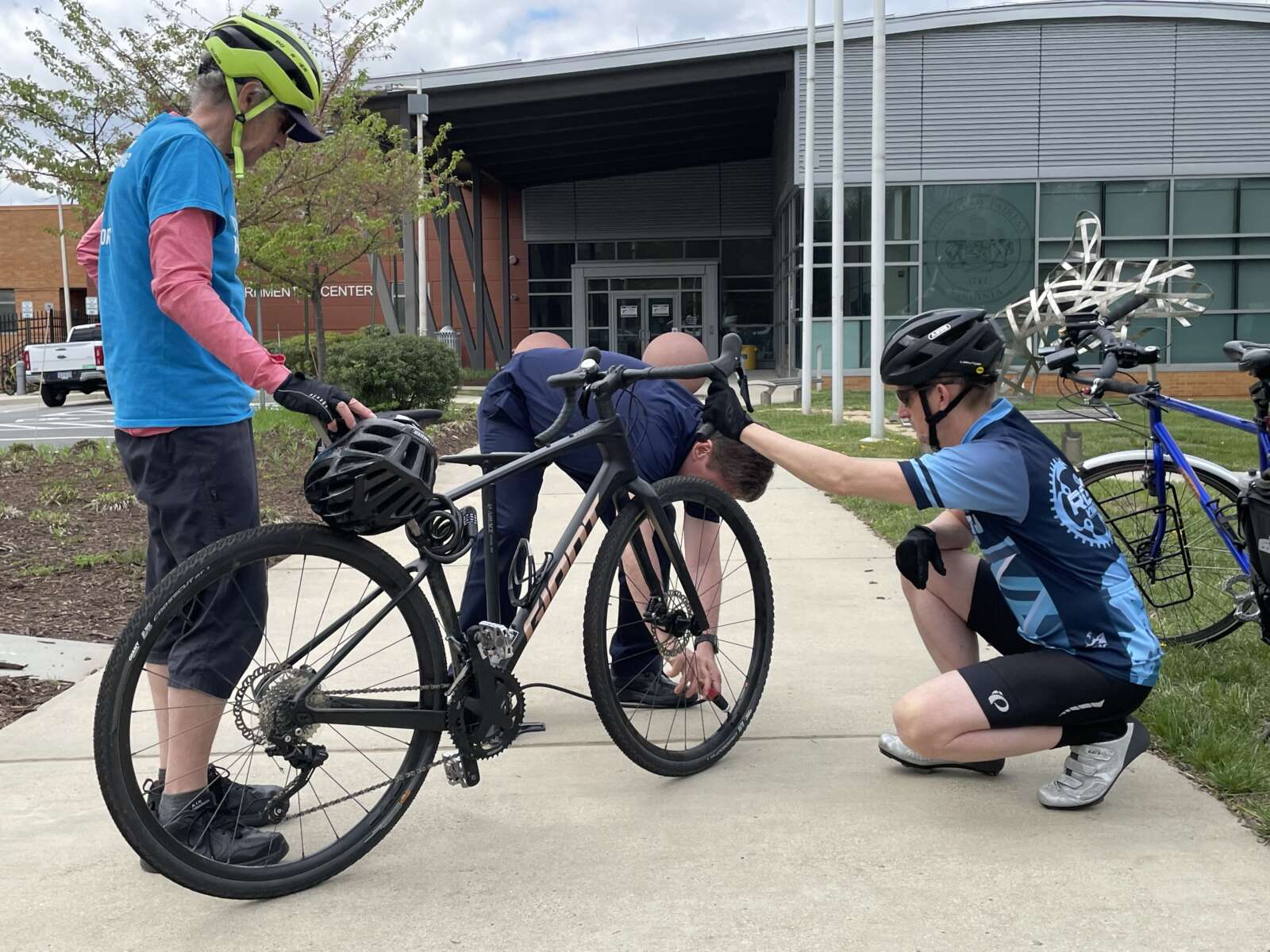This is a sponsored column by attorneys John Berry and Kimberly Berry of Berry & Berry, PLLC, an employment and labor law firm located in Northern Virginia that specializes in federal employee, security clearance, retirement and private sector employee matters.
By John V. Berry, Esq.
There are usually two parts to a security clearance evaluation: (1) responding to the facts of the security concerns at issue; and (2) if the security concerns are valid, what mitigating factors should apply. In addition to the stated mitigating factors for each type of security concern, there is an overall evaluation of the individual. This is referred to as the Whole-Person Concept in security clearance cases. This review focuses on whether the individual, even if they have security concerns, is an acceptable security risk.
Under the Whole-Person Concept, a clearance adjudicator will evaluate an individual’s eligibility for a security clearance by considering the “totality” of his or her conduct and all relevant circumstances. There are nine factors that are reviewed based on the Adjudicative Guidelines found in Security Executive Agent Directive 4 (SEAD 4) (see page 6-7 of link).
These factors include:
- the nature, extent, and seriousness of the conduct
- the circumstances surrounding the conduct, to include knowledgeable participation
- the frequency and recency of the conduct
- the individual’s age and maturity at the time of the conduct
- the extent to which participation is voluntary
- the presence or absence of rehabilitation and other permanent behavioral changes
- the motivation for the conduct
- the potential for pressure, coercion, exploitation, or duress
- the likelihood of continuation or recurrence
Under the Adjudicative Guidelines, the final determination of whether to grant eligibility for a security clearance is “an overall commonsense judgment” based on both the merits of the security issues and a review of the Whole-Person Concept. While only nine factors are mentioned here, other factors are also considered.
We find that the Whole-Person Concept is often best used to describe the individual’s character, positive work history and record, community involvement and other factors that help to show that the individual’s record merits a commonsense judgment for keeping or retaining his or her security clearance. Many of these individualized issues fall under Factor 9.
For example, suppose an individual holds a Top-Secret security clearance and has been convicted of driving under the influence of alcohol. The security issue is reported to the individual’s security officer. As a result, security concerns are raised and the individual’s security clearance is subject to review. In addition to addressing the issues involving the driving under the influence charge, the person would want to present evidence of good character (e.g., letters from supervisors, friends, and family), excellent performance at work, and/or community/charity involvement.
Generally, we find that clearance holders are not provided information about how to use the Whole-Person Concept to help them address security clearance concerns which may arise. Each case is different, but in many cases an individual may be a model employee, or someone who has contributed to their community or served in the military. These types of positive attributes can fall under the Whole-Person Concept and help to resolve a security clearance case favorably.
If you need assistance with a security clearance matter, please contact our office at (703) 668-0070 or at www.berrylegal.com to schedule a consultation. Please also visit and like us on Facebook.
The preceding sponsored post was also published on FFXnow.com






